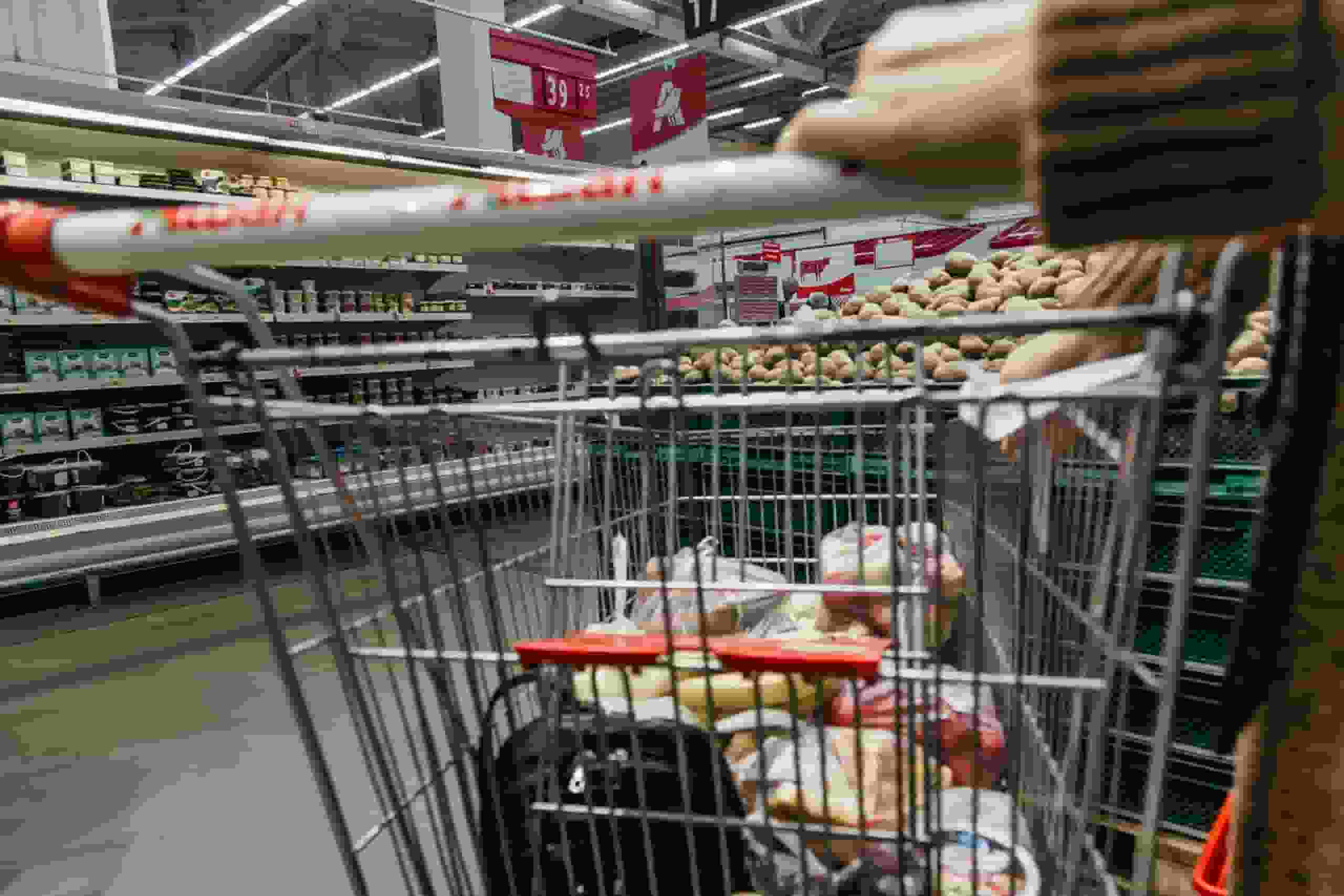
While the emergency SNAP benefits for this month are about to expire, the program’s regularly scheduled payments will now be returned.
Those who get benefits from the government Supplemental Nutrition Assistance Program, often known as SNAP, visit the food pantry at the beginning of the month to stock up on free food that helps them stretch their monthly allotments. This causes the food pantry to be busy.
Food Assistance Program Will Soon End
There are more families receiving assistance from the food pantry, one of only a few in this 20,000-person community, than ever before. FISH, or Friends in Service Helping, is the name of the food pantry that serves nearly 790 individuals in rural northeastern Nevada in January.
Those on low incomes can use the monthly stipends provided by the Department of Agriculture to buy food. Before to 2020, these payouts typically totaled a little over $200; however, during the pandemic, they increased by a minimum of $95.
As emergency allotments linked to the public health emergency ends in 32 states, including Nevada, officials predict that families would see a 30% to 40% reduction in SNAP benefits. The emergency allocations have already come to an end in some other states, including Georgia, Indiana, Montana, and South Dakota.
According to Andrew Cheyne, managing director of public policy for GRACE, a charity founded by the Daughters of Charity of St. Vincent de Paul dedicated to preventing childhood hunger, the changes to SNAP payments will particularly harm people living in rural America. Compared to urban areas, a greater proportion of persons in rural areas rely on SNAP. And poverty and food insecurity are already more prevalent in those areas.
Meanwhile, according to CDC data, half of US youngsters do not eat a vegetable every day, and a third do not consume fruits every day.
Nearly half of the American youngsters whose parents were polled did not eat a daily vegetable the week before. According to research by the Centers for Disease Control and Prevention of more than 18,000 kids aged 1 to 5, 49.1% of them did not consume a daily serving of vegetables, 32.1% did not consume a daily serving of fruit, and 57.1% drank sugary drinks on a weekly basis.
Read more: What to do if your Social Security payment is delayed?
SNAP Benefits Are Essential To American Families

The CDC reports that government dietary intake estimates for young children are out-of-date at the national level and unavailable at the state level, so the 2021 National Survey of Children’s Health (NSCH), which was conducted by the US Census Bureau, asked parents to report their children’s intake the week before.
Additionally, the FNS notes that due to the substantial cost of living rise for Social Security payments that went into effect on January 1, 2023, families that rely on both SNAP and Social Security benefits will suffer a reduction in their SNAP income.
By state, the NSCH survey received different responses. According to the CDC, only 30% of Vermont children and 64% of Louisiana children reported not eating a daily vegetable in the week prior to the poll. The percentage of children who did not consume daily fruits and vegetables varied by ethnicity, with white children having the fewest percentage and black children having the highest.

